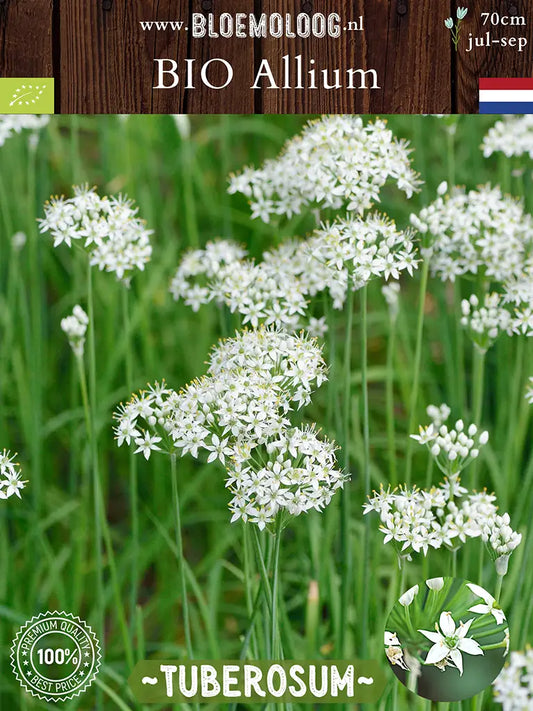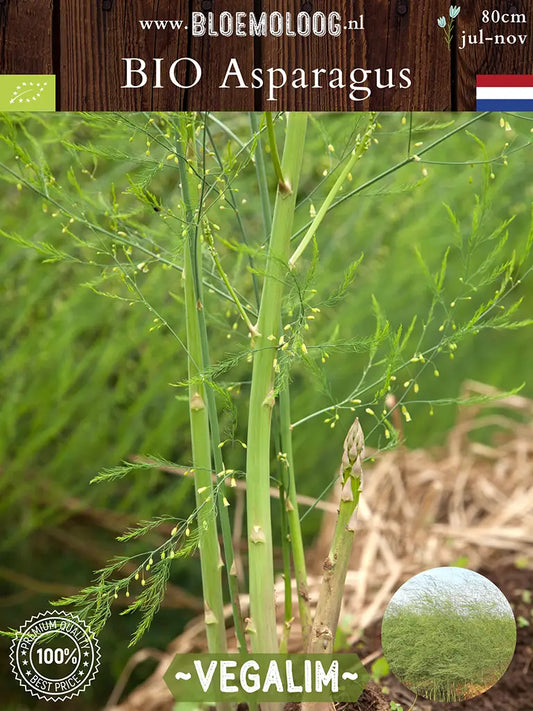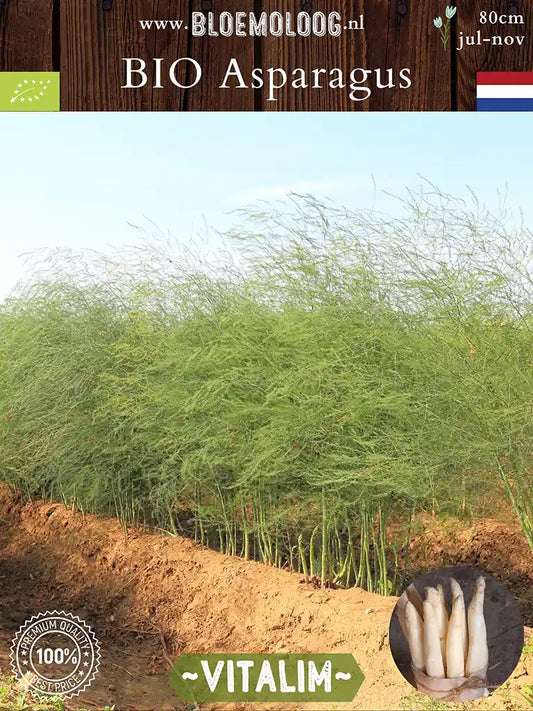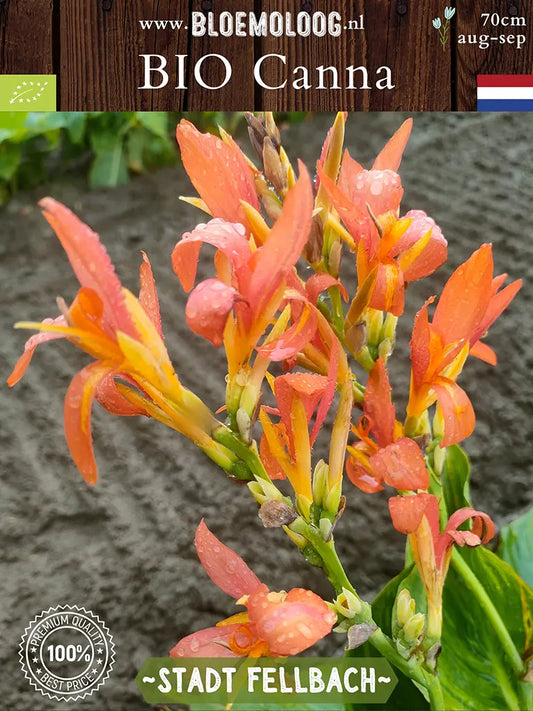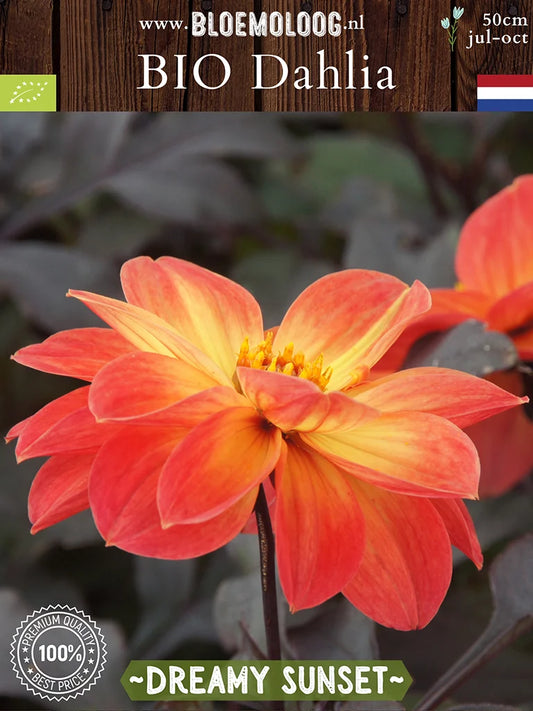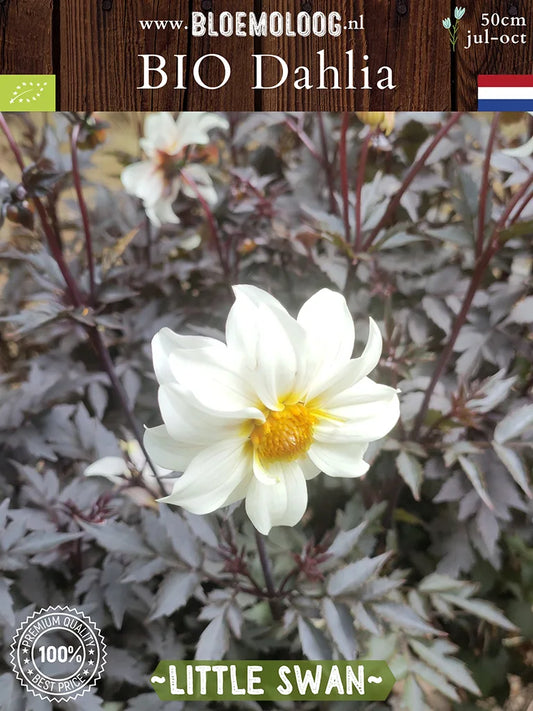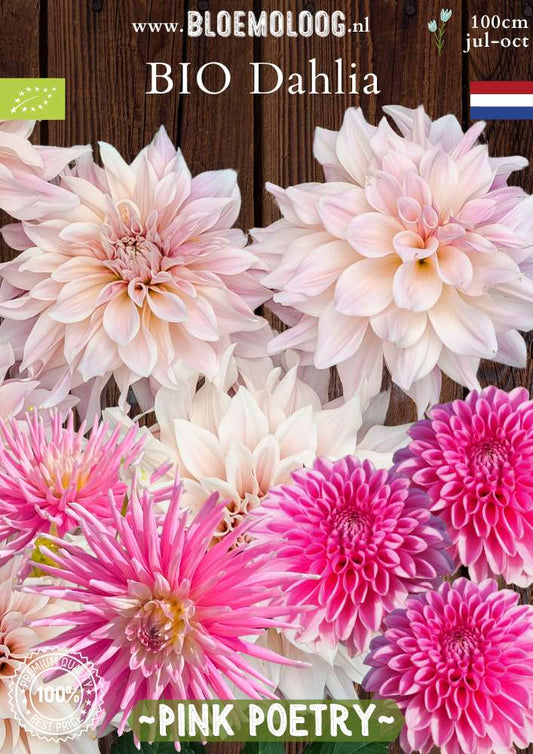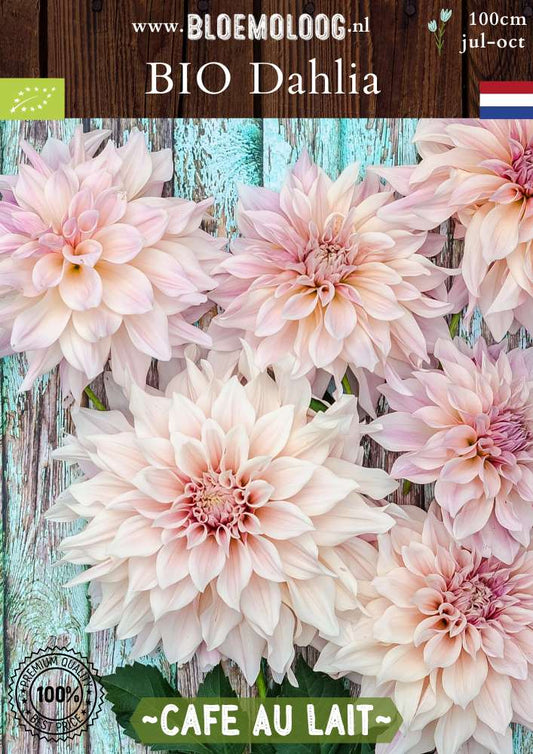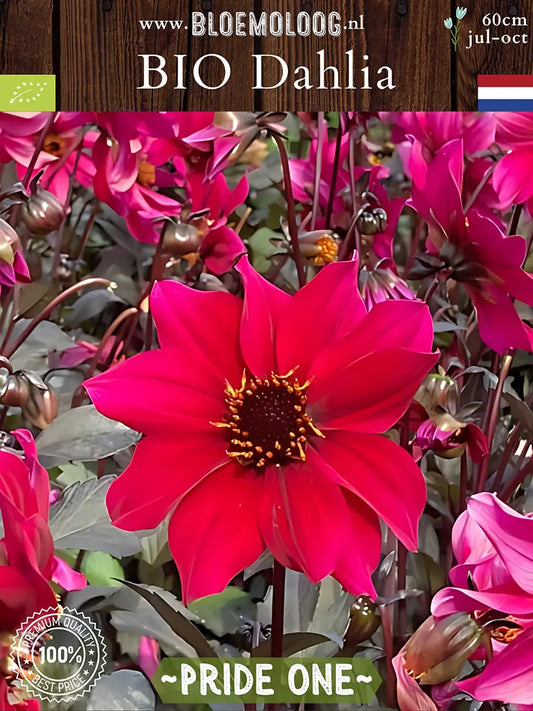
Summer bloomers
-
Organic Allium 'Tuberosum' - Garlic Chives
Regular price CHF 4.00Regular priceUnit price / per -
Organic Asparagus 'Vegalim' (green asparagus)
Regular price CHF 3.00Regular priceUnit price / per -
Organic Asparagus 'Vitalim' (white asparagus)
Regular price CHF 3.00Regular priceUnit price / per -
Organic Canna indica 'Stadt Fellbach' - Indian Shot
Regular price CHF 6.00Regular priceUnit price / per -

 Sold out
Sold outOrganic Dahlia 'Akita'
Regular price CHF 5.00Regular priceUnit price / per -

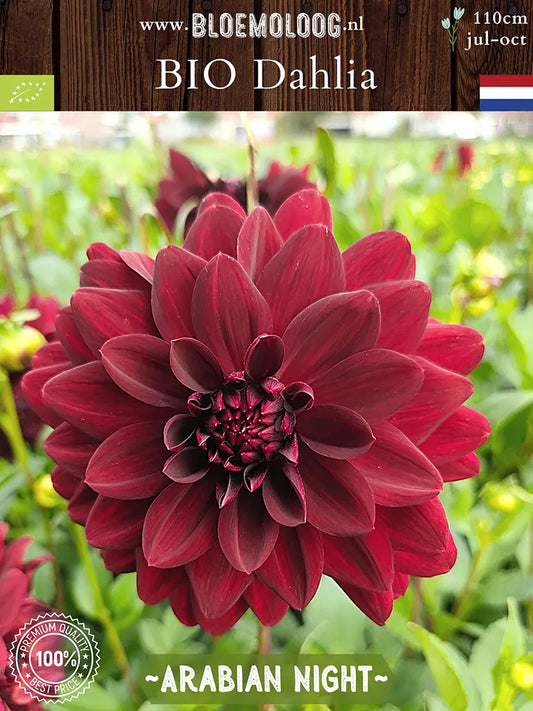 Sold out
Sold outOrganic Dahlia 'Arabian Night'
Regular price CHF 5.00Regular priceUnit price / per -

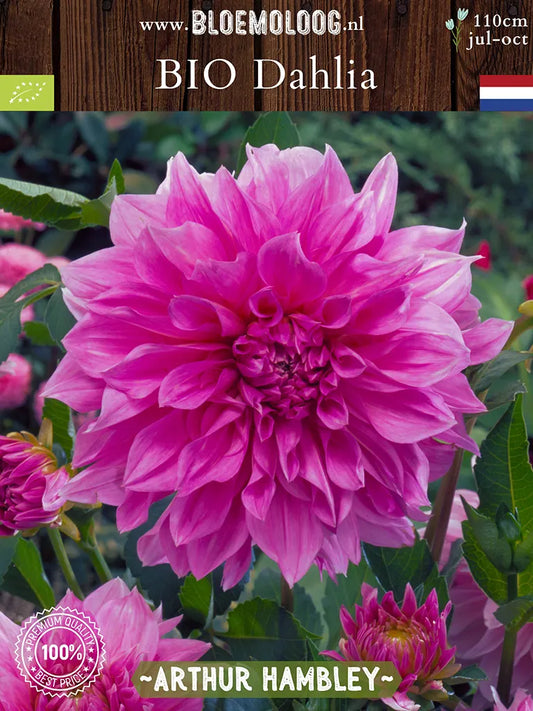 Sold out
Sold outOrganic Dahlia 'Arthur Hambley'
Regular price CHF 5.00Regular priceUnit price / per -

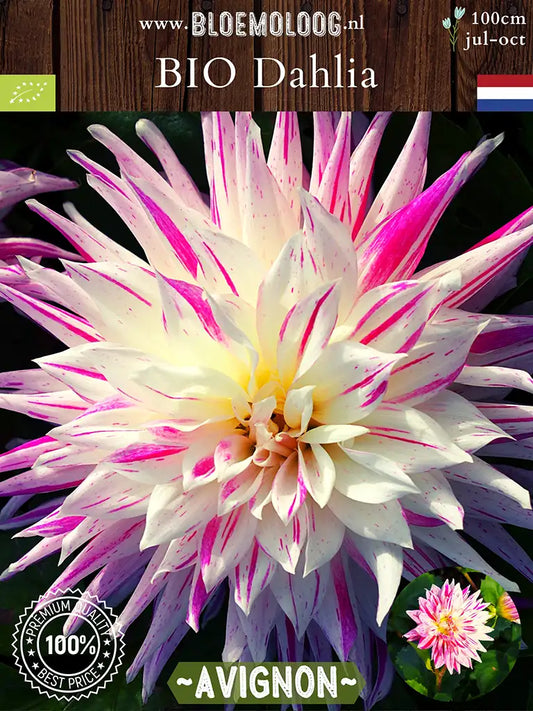 Sold out
Sold outOrganic Dahlia 'Avignon'
Regular price CHF 5.00Regular priceUnit price / per -

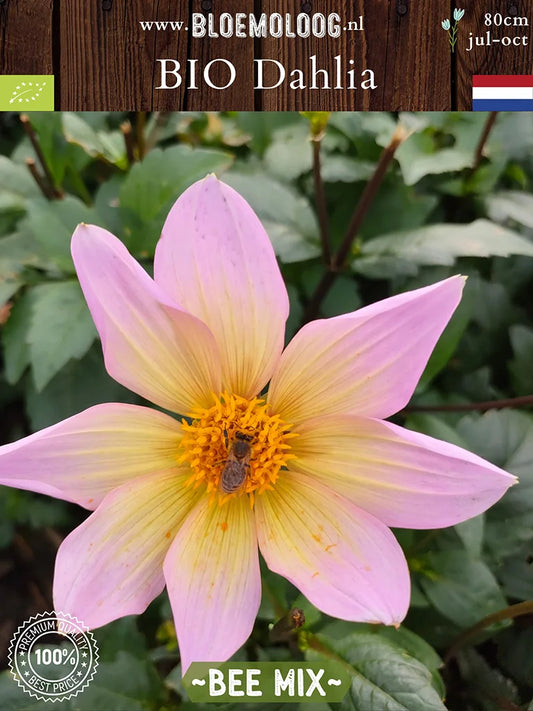 Sold out
Sold outOrganic Dahlia 'Bee Mix' | 3 pcs.
Regular price CHF 13.00Regular priceUnit price CHF 4.33 / per item -

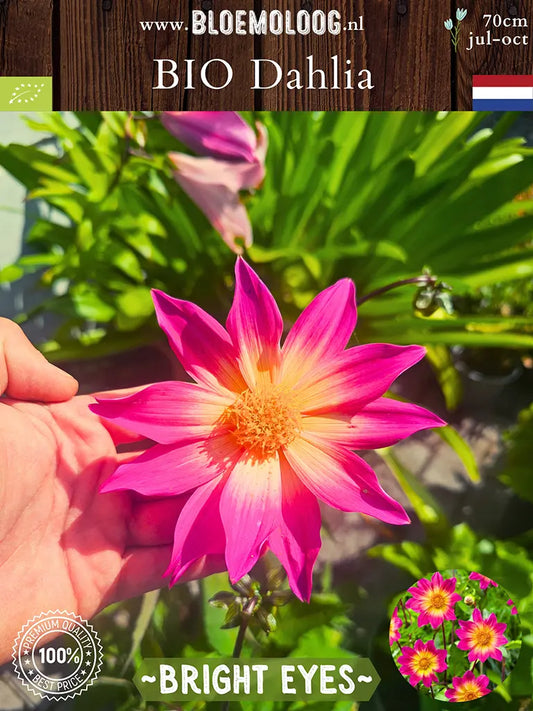 Sold out
Sold outOrganic Dahlia 'Bright Eyes'
Regular price CHF 5.00Regular priceUnit price / per -

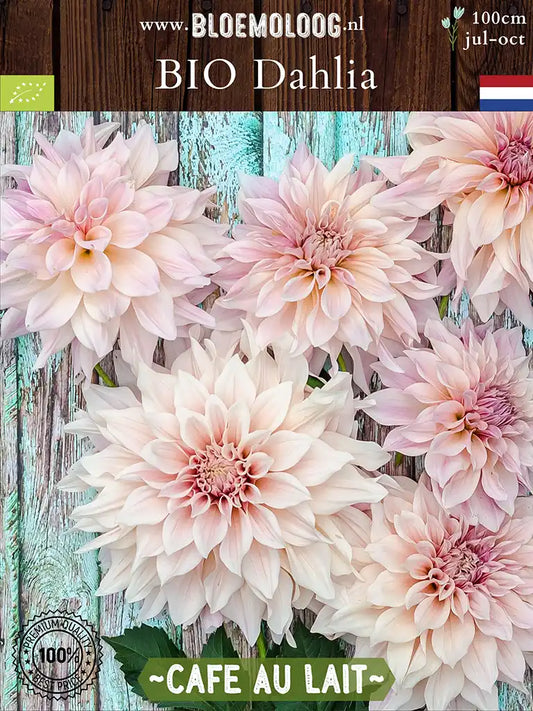 Sold out
Sold outOrganic Dahlia 'Cafe au Lait'
Regular price CHF 5.00Regular priceUnit price / per -
Organic Dahlia 'Dreamy Sunset'™ (dark-leaved)
Regular price CHF 6.00Regular priceUnit price / per -

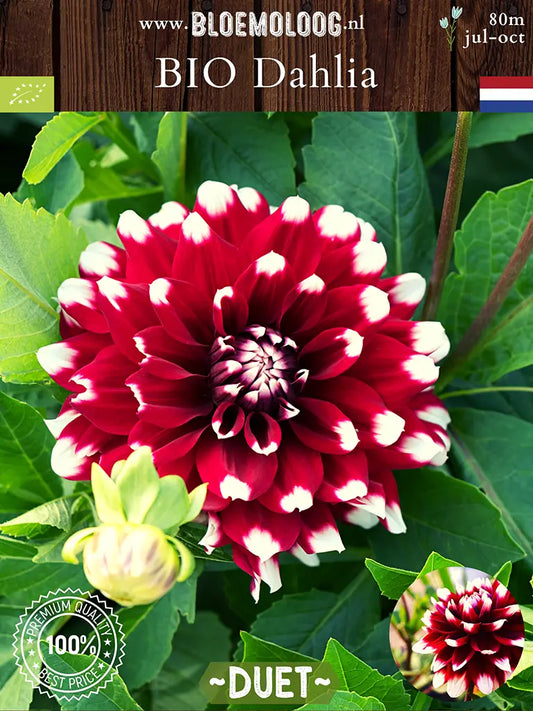 Sold out
Sold outOrganic Dahlia 'Duet'
Regular price CHF 5.00Regular priceUnit price / per -

 Sold out
Sold outOrganic Dahlia 'Edge of Joy'
Regular price CHF 6.00Regular priceUnit price / per -

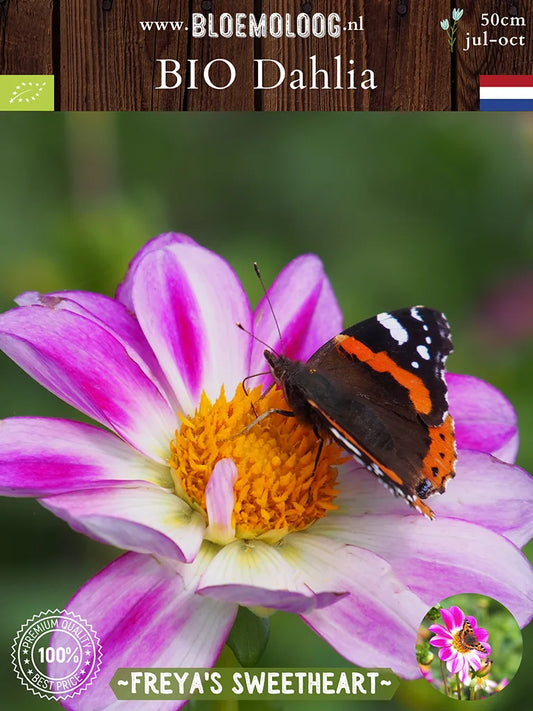 Sold out
Sold outOrganic Dahlia 'Freya's Sweetheart'
Regular price CHF 5.00Regular priceUnit price / per -

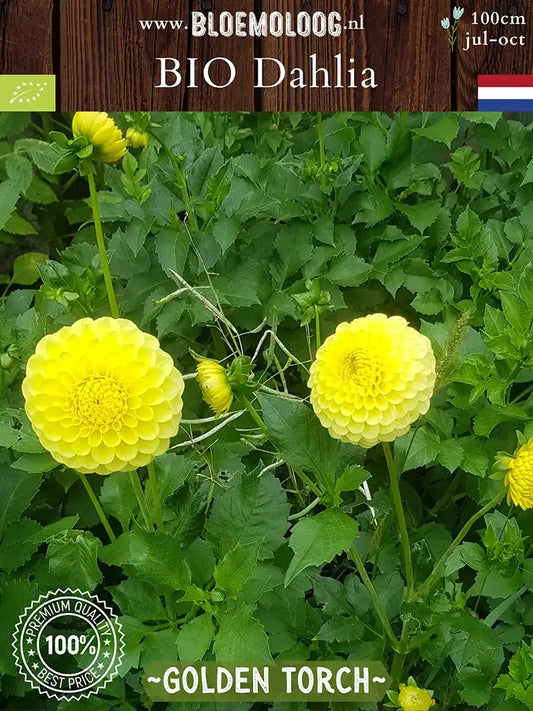 Sold out
Sold outOrganic Dahlia 'Golden Torch'
Regular price CHF 5.00Regular priceUnit price / per -

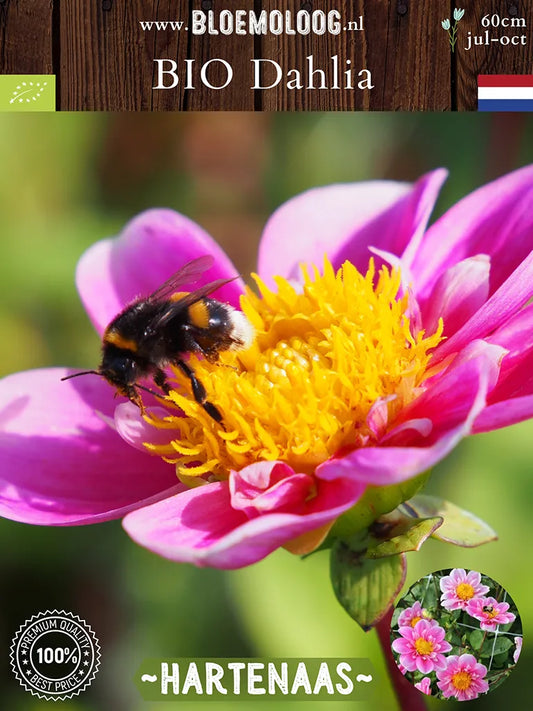 Sold out
Sold outOrganic Dahlia 'Hartenaas'
Regular price CHF 5.00Regular priceUnit price / per -
Organic Dahlia 'Impression Fantastico'
Regular price CHF 5.00Regular priceUnit price / per -

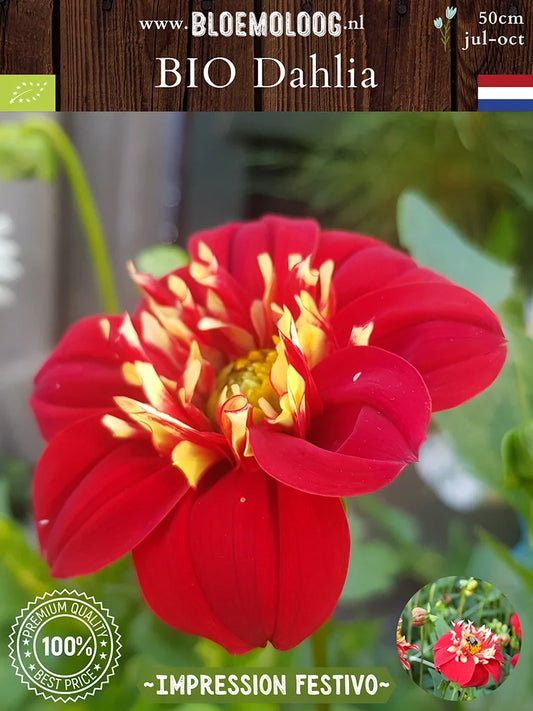 Sold out
Sold outOrganic Dahlia 'Impression Festivo'
Regular price CHF 5.00Regular priceUnit price / per -

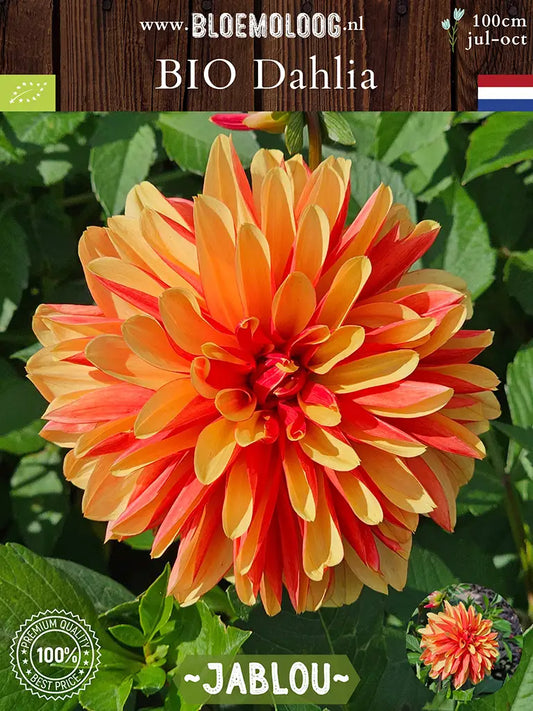 Sold out
Sold outOrganic Dahlia 'Jablou'
Regular price CHF 6.00Regular priceUnit price / per -

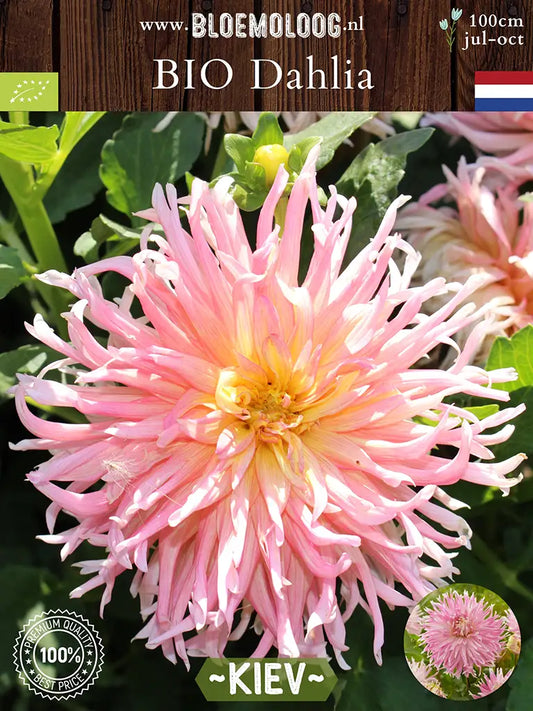 Sold out
Sold outOrganic Dahlia 'Kiev'
Regular price CHF 5.00Regular priceUnit price / per -

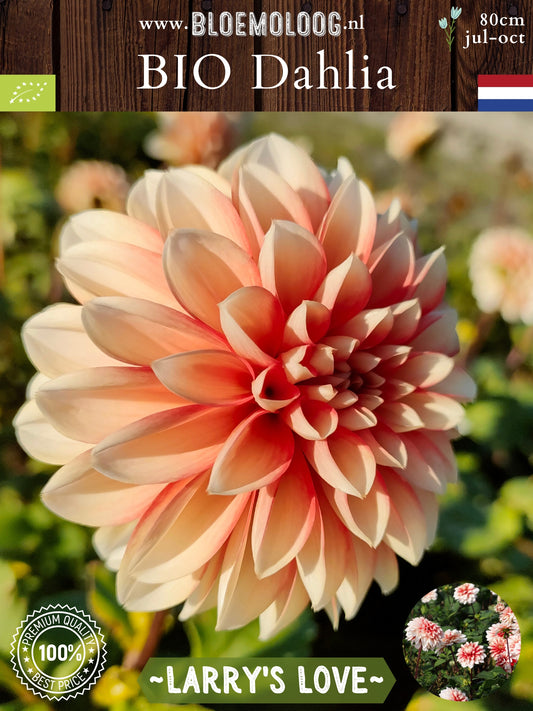 Sold out
Sold outOrganic Dahlia 'Larry's Love'
Regular price CHF 5.00Regular priceUnit price / per -
Organic Dahlia 'Little Swan'™ (dark-leaved)
Regular price CHF 6.00Regular priceUnit price / per -

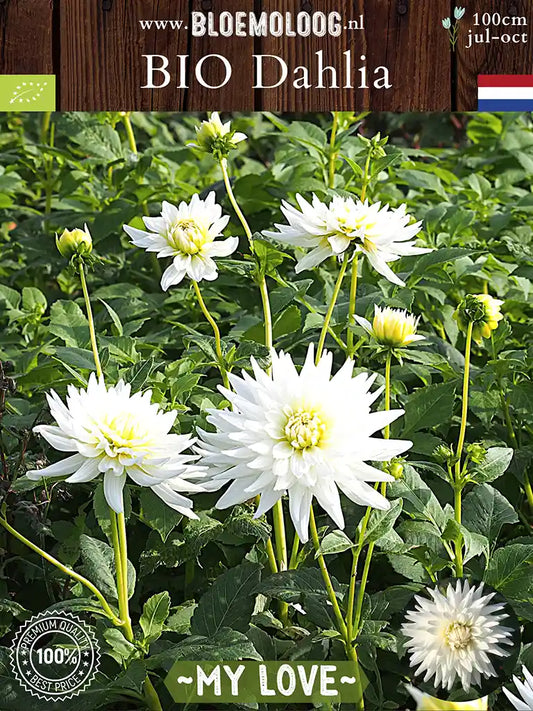 Sold out
Sold outOrganic Dahlia 'My Love'
Regular price CHF 5.00Regular priceUnit price / per -

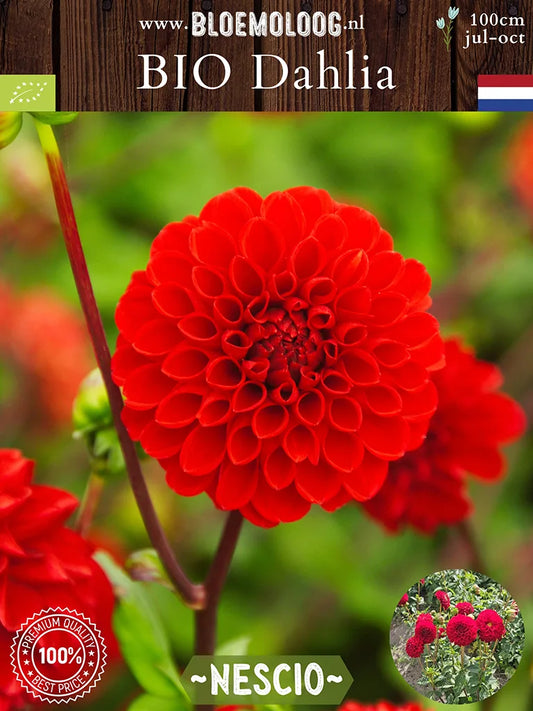 Sold out
Sold outOrganic Dahlia 'Nescio'
Regular price CHF 6.00Regular priceUnit price / per -

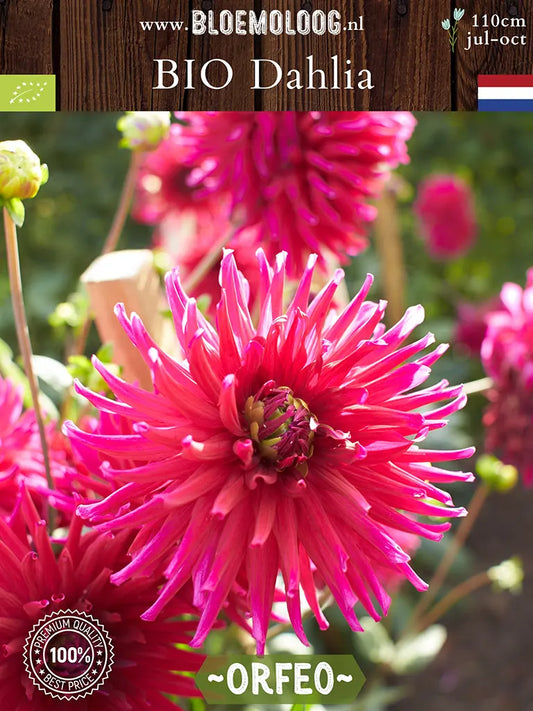 Sold out
Sold outOrganic Dahlia 'Orfeo'
Regular price CHF 5.00Regular priceUnit price / per -

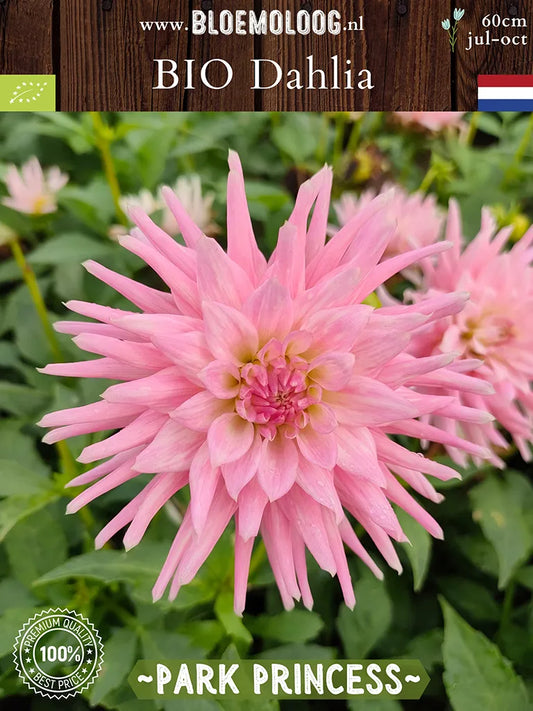 Sold out
Sold outOrganic Dahlia 'Park Princess'
Regular price CHF 5.00Regular priceUnit price / per -

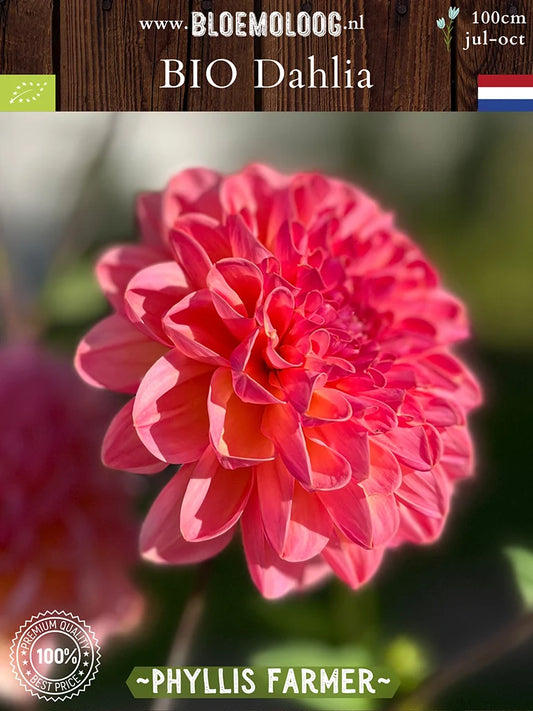 Sold out
Sold outOrganic Dahlia 'Phyllis Farmer'
Regular price CHF 5.00Regular priceUnit price / per -
Organic Dahlia 'Pink Poetry' mix | 3 pcs.
Regular price CHF 14.00Regular priceUnit price CHF 4.67 / per itemCHF 0.00Sale price CHF 14.00Sold out -

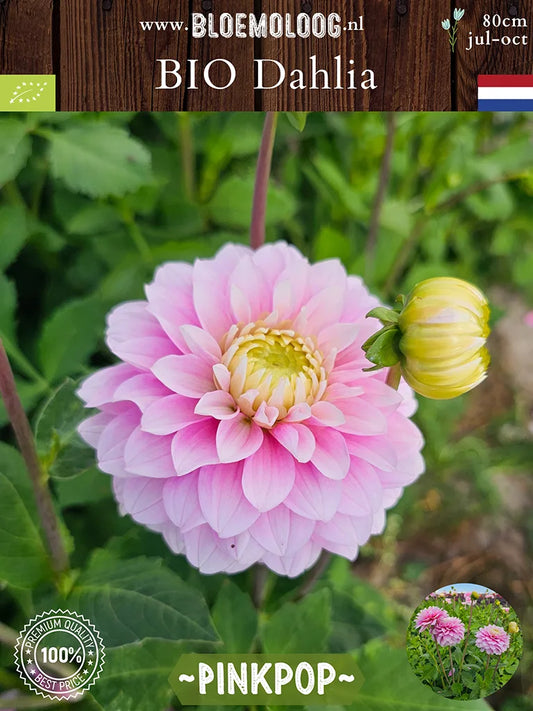 Sold out
Sold outOrganic Dahlia 'Pinkpop'
Regular price CHF 5.00Regular priceUnit price / per -
Organic Dahlia 'Pride One' (dark-leaved)
Regular price CHF 5.00Regular priceUnit price / per -

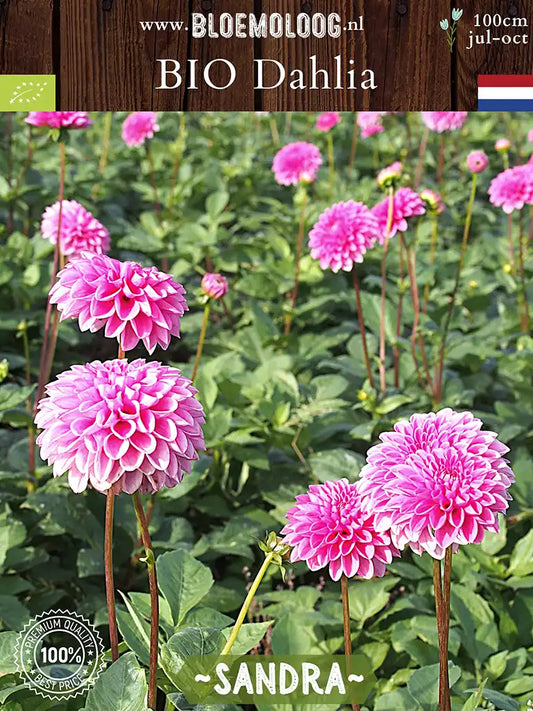 Sold out
Sold outOrganic Dahlia 'Sandra'
Regular price CHF 5.00Regular priceUnit price / per -

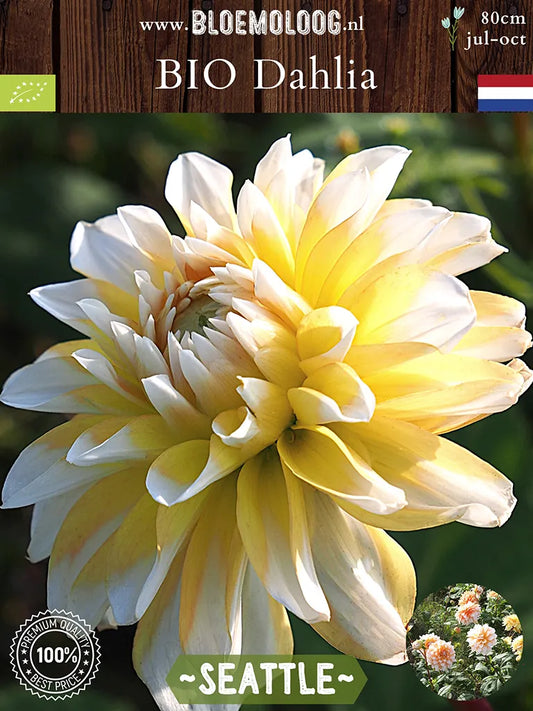 Sold out
Sold outOrganic Dahlia 'Seattle'
Regular price CHF 5.00Regular priceUnit price / per -

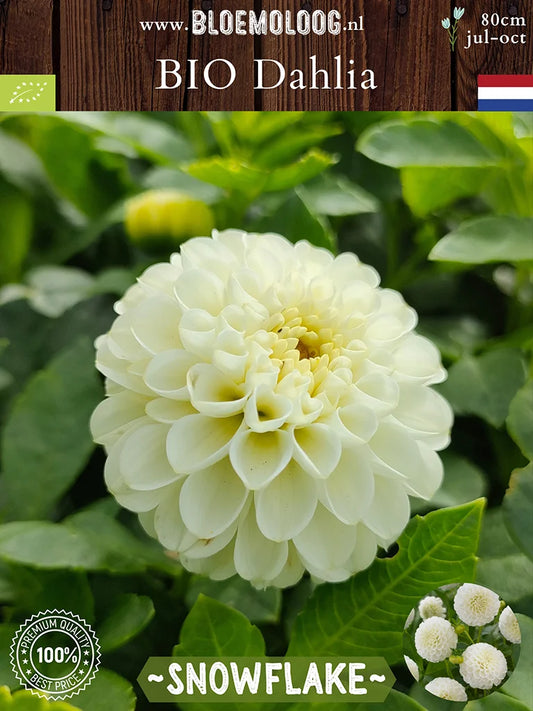 Sold out
Sold outOrganic Dahlia 'Snowflake'
Regular price CHF 5.00Regular priceUnit price / per -

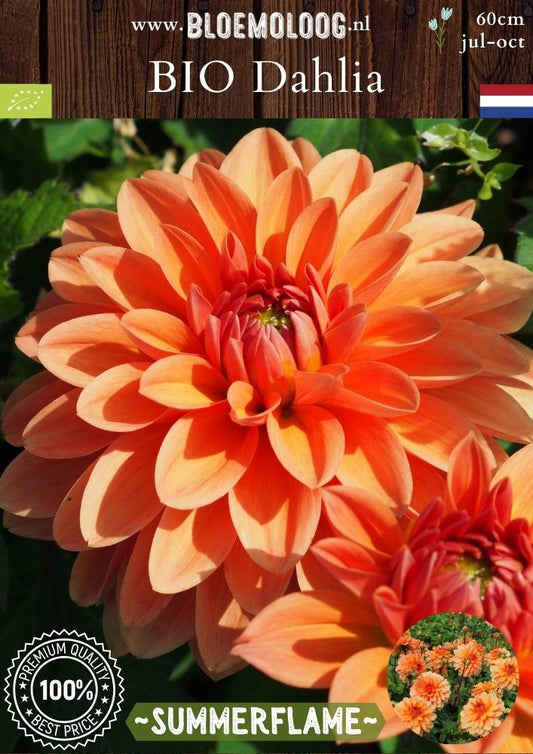 Sold out
Sold outOrganic Dahlia 'Summerflame'
Regular price CHF 5.00Regular priceUnit price / per -

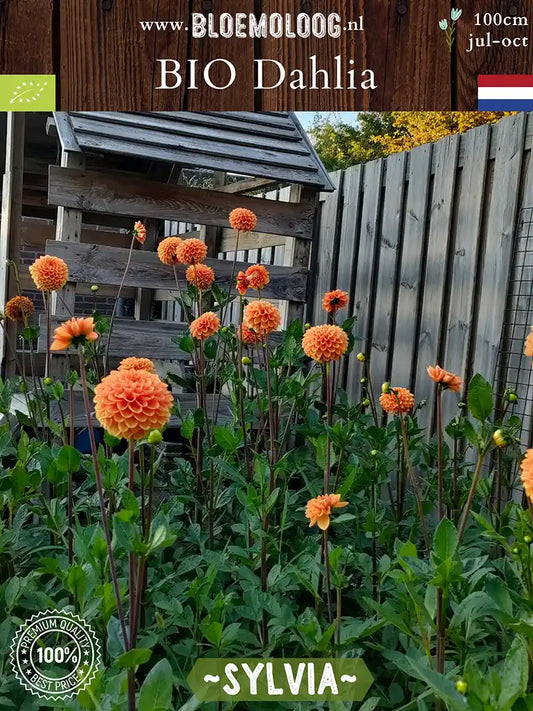 Sold out
Sold outOrganic Dahlia 'Sylvia'
Regular price CHF 5.00Regular priceUnit price / per
Collection: Edible plants
Organically grown edible plants
Edible plants grown organically provide numerous benefits for both health and the environment. Organic growing methods avoid the use of chemical pesticides, synthetic fertilizers and genetically modified organisms. This means the plants are free from residues of potentially harmful substances.
They are grown using natural fertilizers and compost, which promote soil fertility and allow the plants to absorb essential nutrients.
These plants contribute to biodiversity and promote the conservation of natural ecosystems. Organic growers encourage the maintenance of healthy soils, water quality and a healthy living environment for people and animals.
Nutrients
Organically grown edible plants are rich in nutrients and often contain more antioxidants and vitamins compared to conventionally grown varieties.
Do I still need to wash organic plants before eating?
It is important to know that organically grown plants also need to be carefully washed before consuming, just like conventionally grown plants. This helps remove any residue of natural substances, such as insects or dirt.
Buy organic edible plants
The Bloemoloog only offers organically grown edible plants that have the dutch 'Skal' organic certificate. Order today, delivery in early March!
-
Organic summer bulbs
Summer flowering bulbs and tubers are a promising and colourful addition to gardens, bringing them to life during the warmer months. Here you will find a wide range of flowers and plants that are planted in spring and produce beautiful flowers throughout the summer and autumn.
Planting summer bloomers
Planting summer flowering bulbs and tubers usually requires some preparation in the spring. They thrive in well-drained soil and generally require full sun or light shade.
Pre-growing flower bulbs
You can also choose to grow the frost-sensitive summer bloomers indoors from March, which is called pre-growth. The plant then has a head start and will flower earlier. You then place the pot in a light place in your room and keep the soil slightly moist. As soon as the night frost has gone, the pot can be placed outside or the flower bulb or tuber can be removed and replanted in the open ground. In that case, first keep the pot in a bucket of water for half a day and then plant the tuber in the open ground.
Caring for summer bloomers
Regular watering and removing faded flowers can prolong flowering. All summer flowering plants we offer can be cut back to the ground in the fall. For further instructions, we recommend reading the respective product descriptions for correct wintering.
For organic potting soil, plant food and other soil improvers we recommend Bio Kultura !
Summer buzzers
The entire range of the Bloemoloog is organically grown. This means you don't have to worry about whether it contains harmful substances for beneficial insects such as bees and other summer buzzers.
-
What summer bloomers are there and how do you choose the right one?
There are many different types of summer bloomers, including annuals and perennials, also known as perennials. Annual summer bloomers bloom for only one season, while perennials grow and flower for several years. Some need to be dug up before the cold winter, while others, with proper care, can remain in the same spot for years.
When choosing summer bloomers, it is important to consider the specific needs of the plants, such as water requirements, soil type and care.
Below we discuss some popular summer bloomers and provide information on which location is best for them.Non-hardy perennial summer bloomers
Dahlia: Dahlias are a popular choice for summer bloomers and come in many different colors. They thrive in full sun.
Gladioli: Gladioli are perennial, but not winter-hardy. They grow best in full sun.Winter-hardy perennial summer bloomers
Kniphofia: Kniphofia, also known as firecracker, loves plenty of sunlight. Place the plant in a location where it gets at least 6 to 8 hours of direct sunlight per day. A sunny spot ensures the plant grows and blooms well.
Lily: Lilies are perennial summer bloomers that are often planted. These plants thrive in full sun and partial shade.
Peony: Peonies are well-known summer perennials. They thrive in the sun, but for longer blooms, we recommend a semi-shaded spot.


